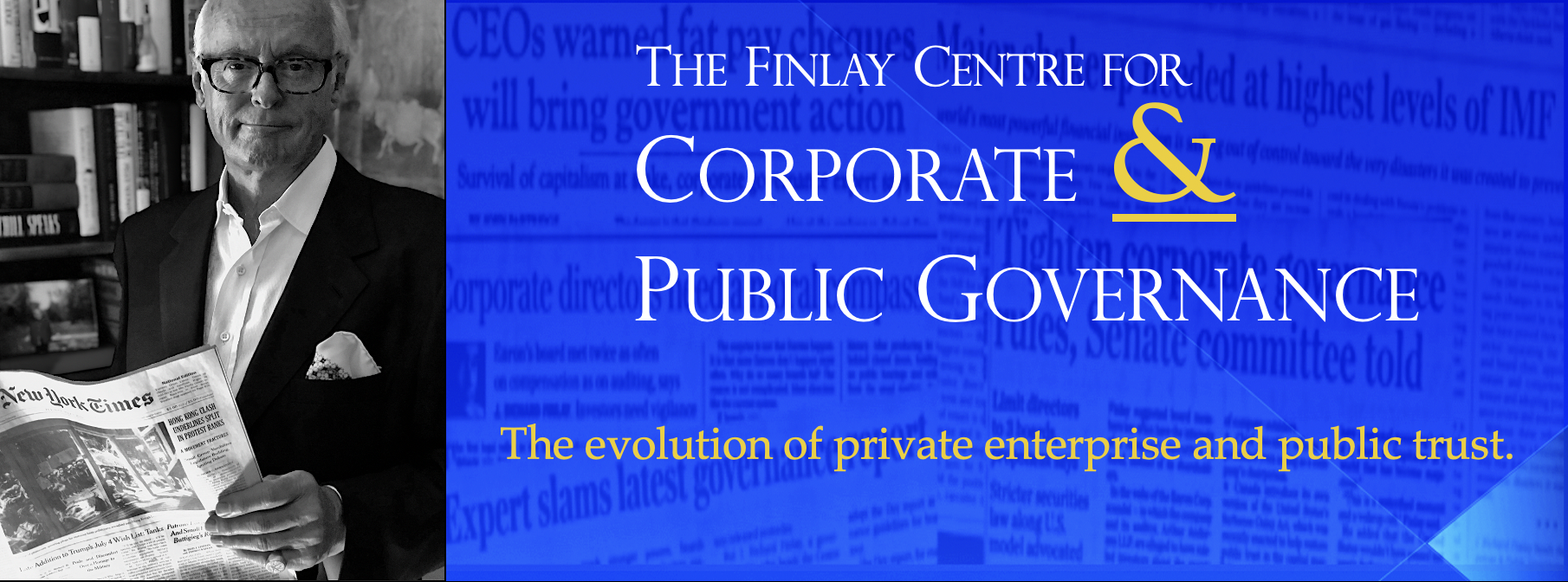My late father used to say that thinking about something is best done before you do it. HBC, one of Canada’s oldest companies, would have done well to heed that maxim before it got into a mess involving the exclusion of Indigenous representation on an advisory committee to support to Black, Indigenous and People of Colour in the fashion industry. The company has since offered an apology.
What has always amazed me is the frequent lack of thinking that goes on in major corporate and public institutions, especially when the subject touches on anything to do with ethics or issues of public sensitivity. I’ve seen how things proceed from inside for many decades. It is truly amazing how so many organizations blunder along without the full picture to guide them, and without the benefit of good advice. Assumptions are often made that have no basis in fact and, to be honest, too often those inside underestimate the public and key stakeholders in terms of their interest and knowledge.
Several years ago, I was asked to attend a high-level meeting of a Canadian bank in the midst of merger talks with another giant banking institution. It was full speed ahead, based on the fallacious idea that the federal government had no choice but to allow the merger. “They won’t dare stop us now. We’ve gone too far with our plans” was how one top executive put it. They didn’t want to hear any dissenting voice or one advocating caution in treating the merger as a fait accompli. That’s often a problem with the analysis that goes on at the top. Inconvenient truths find themselves, and their messengers, left out in the cold. It’s not just business where this happens. Many large organizations in the public sector, healthcare, universities and even big charities, have a “thinking” deficit where inside the beltway viewpoints or insider blinkers skew decision-making away from reality and into the minefield of public rancor.
The bank merger was never approved, of course. Those banks are still on their own. They looked pretty stupid when the federal government thundered a big NO to their plans. The executives responsible went on with their lucrative careers without skipping a beat.
The “thinking” that produced that miscalculation, and the mindset that gave rise to it, are still very much alive and well in boardrooms and C suites everywhere, as this latest HBC diversity snag illustrates. The sad thing is that all of these blunders are usually avoidable with, well… a little thinking, and perhaps a bit of sound advice.
